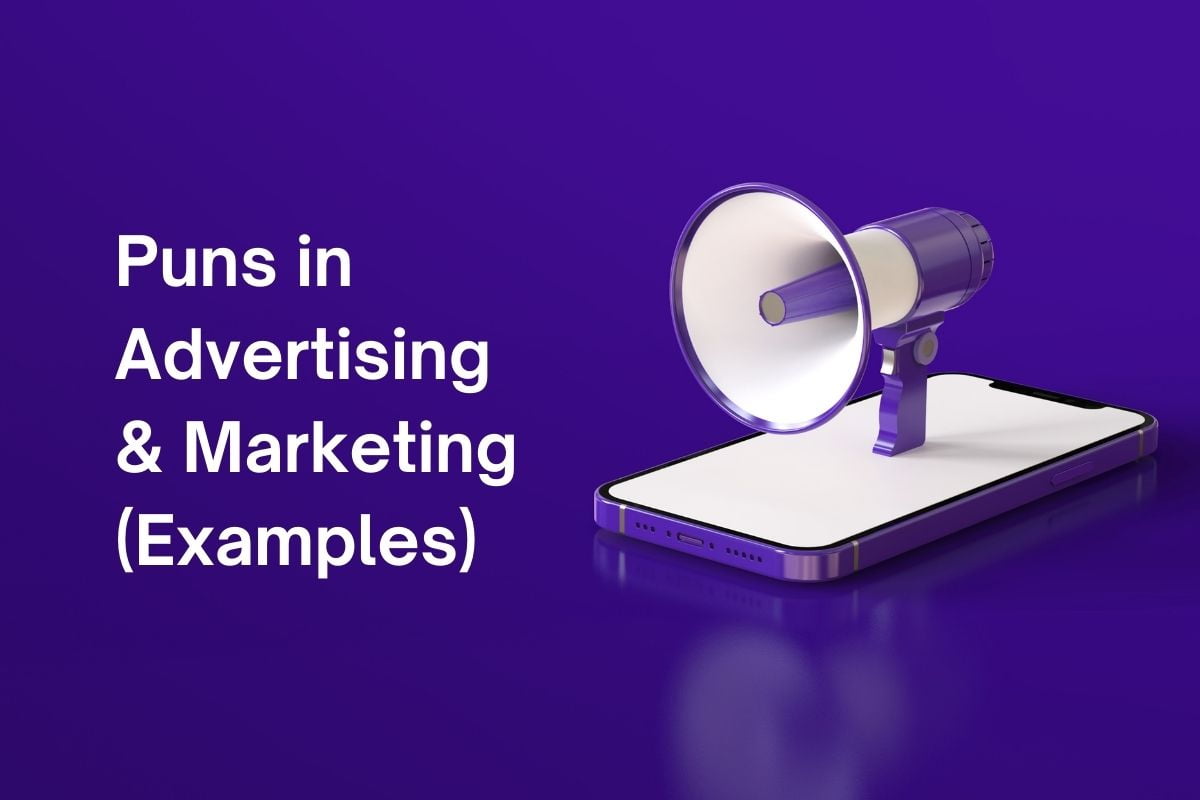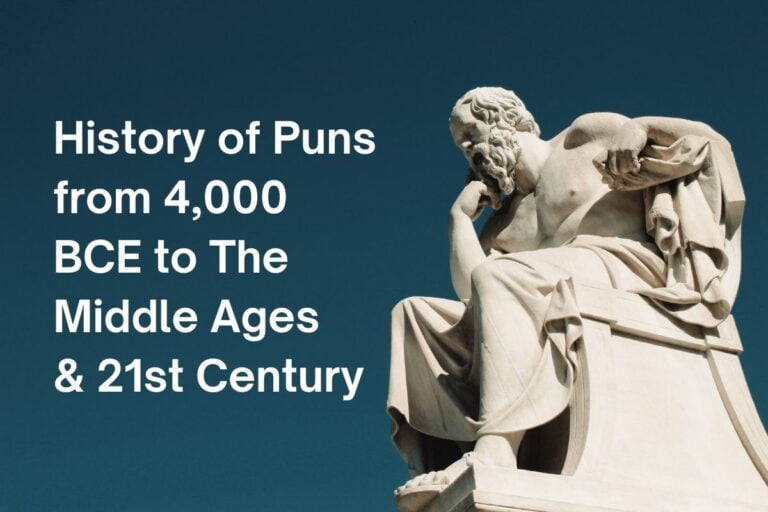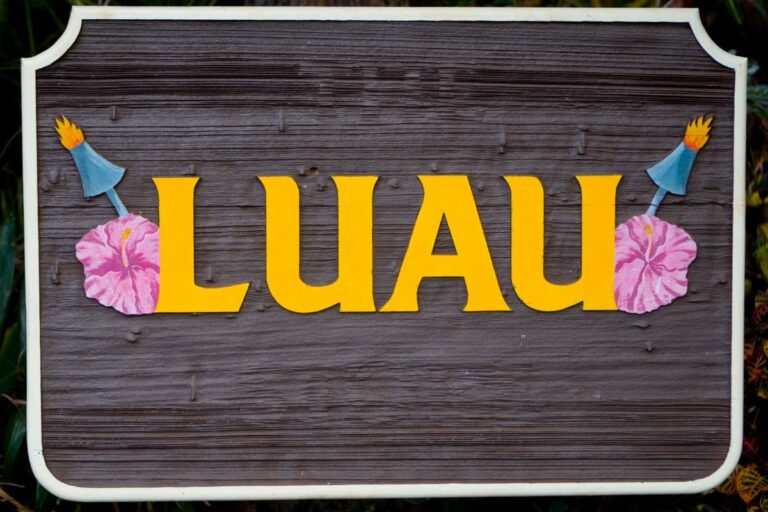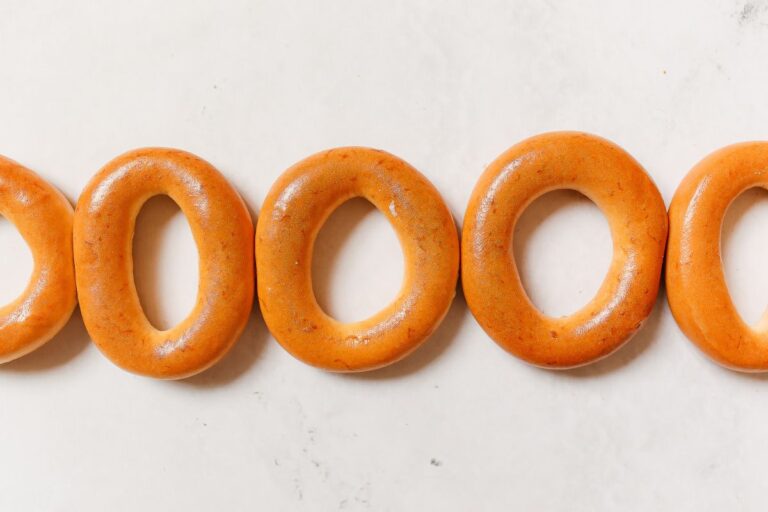Puns in Advertising & Marketing (With Examples)

Puns have long been a beloved form of humor, and their influence goes beyond casual conversations and comedy routines.
much like puns in literature, in advertising and marketing, puns play a pivotal role in creating memorable, engaging, and effective campaigns.
This blog post will delve into why puns are so powerful in marketing, how they are used across various platforms, and what makes them resonate with audiences.
Plus, you’ll read some notable examples and offer tips for crafting your own pun-filled campaigns.
Why Puns Are Effective in Marketing
1. Attention-Grabbing
In the crowded marketplace of ideas, grabbing a consumer’s attention is half the battle. Puns, with their clever wordplay, can make an advertisement stand out.
A well-crafted pun causes a moment of surprise or amusement, which can be enough to catch someone’s eye and make them pause to read or listen.
2. Memorability
Advertisements are fleeting, but a good pun can stick with you long after you’ve seen the ad. Puns are often easier to remember because they play on familiar words and concepts.
This memorability is a key asset in marketing, where the goal is often to keep a brand or product at the forefront of a consumer’s mind.
3. Emotional Connection
Humor is a powerful tool for creating an emotional connection with an audience.
When people laugh or smile at a pun, they are more likely to have positive feelings towards the brand associated with it.
This emotional engagement can lead to increased loyalty and a greater likelihood of sharing the ad with others.
4. Versatility
Puns can be adapted to fit a wide range of media and formats, from print ads and billboards to social media posts and TV commercials.
This versatility makes them a valuable tool for marketers looking to create a cohesive campaign across multiple channels.
More Fun Puns: Witty and Hilarious Puns from Around the World (American, British, Spanish, French, Japanese, Chinese & Indian)
How Puns Are Used in Advertising
1. Print Advertising
In print ads, puns often serve as headlines or taglines.
These short, snappy phrases can quickly convey the essence of a brand or product while also being amusing or thought-provoking.
For example, a popular dairy company can use the tagline “Udderly Delicious” to highlight the quality of their milk products.
2. Digital Marketing
Online, puns can be used in social media posts, email marketing, and website content.
Social media, in particular, is a fertile ground for puns because of its informal nature and the emphasis on shareable content.
A clever pun in a tweet or Instagram post can encourage likes, shares, and comments, boosting engagement.
3. TV and Radio Commercials
In TV and radio ads, puns can be used in scripts to make the content more entertaining and memorable.
A car commercial, for instance, might use the line “We’re wheely good at what we do” to add a humorous twist while reinforcing the brand’s expertise.
4. Product Packaging
Puns on product packaging can make an item stand out on the shelf and entice customers to pick it up.
For example, a brand of chips might label one of its flavors as “Nacho Average Chips” to draw attention and create a playful connection with consumers.
5. Brand Names and Slogans
Some brands build their entire identity around a pun.
For example, a coffee shop named “Brewed Awakening” uses a pun to suggest both coffee and enlightenment, making the name memorable and engaging.
Slogans like “Have a Break, Have a Kit Kat” play on the dual meaning of the word “break” to create a catchy and effective message.
4 Notable Examples of Puns in Marketing
1. Coca-Cola’s “Open Happiness”
Coca-Cola’s slogan “Open Happiness” is a brilliant example of a pun that encapsulates the brand’s promise.
The word “open” serves a dual purpose, referring both to the physical act of opening a bottle and the metaphorical opening of joy and refreshment that the product provides.
2. Lay’s “Betcha Can’t Eat Just One”
Lay’s potato chips uses a playful challenge that also serves as a pun.
The slogan suggests that their chips are so delicious that stopping at just one is impossible, creating an engaging and memorable message.
3. Subway’s “Eat Fresh”
Subway’s slogan is a simple yet effective pun.
It plays on the idea of eating fresh ingredients while also suggesting a fresh, healthy lifestyle.
This dual meaning helps reinforce the brand’s focus on quality and health.
4. Apple’s “Think Different”
While not a traditional pun, Apple’s slogan uses a subtle play on words to stand out.
The phrase “Think Different” challenges conventional grammar (it should technically be “Think Differently”), making it memorable and emphasizing the brand’s innovative spirit.
More Fun Puns: History of Puns from 4,000 BCE to The Middle Ages & 21st Century
Crafting Effective Puns in Marketing
1. Know Your Audience
The effectiveness of a pun largely depends on its relevance to the target audience. A pun that resonates with one demographic might fall flat with another.
Understanding your audience’s sense of humor, cultural references, and language nuances is crucial.
2. Keep It Simple
The best puns are often the simplest.
Overly complex wordplay can confuse or alienate your audience. Aim for puns that are easy to understand and instantly recognizable.
3. Align with Your Brand
Your pun should align with your brand’s voice and message.
A playful pun might work for a snack brand but could seem out of place for a financial services company. Ensure that your wordplay enhances your brand identity rather than detracting from it.
4. Test and Iterate
Not every pun will hit the mark. It’s important to test your puns with a small audience before rolling them out in a larger campaign.
Gather feedback and be prepared to tweak or change your approach based on what resonates most.
5. Avoid Overuse
While puns can be effective, overusing them can lead to fatigue.
Balance your use of puns with other forms of messaging to keep your audience engaged without overwhelming them.
4 Challenges of Using Puns in Marketing
1. Cultural and Linguistic Barriers
Puns often rely on specific cultural or linguistic knowledge, which can make them tricky to use in international or diverse markets.
What’s funny in one language might not translate well into another, leading to confusion or misinterpretation.
2. Risk of Being Seen as Cheesy
Puns can sometimes come across as cheesy or forced if not executed well.
This can detract from the professionalism of a brand, particularly in industries where a more serious tone is expected. It’s important to strike the right balance between humor and appropriateness.
3. Limited Shelf Life
Puns can be trendy and might lose their impact over time. What’s funny and fresh today might seem outdated tomorrow.
Marketers need to continually innovate and refresh their content to keep it relevant.
4. Potential for Misinterpretation
Because puns play with meanings, there’s always a risk that the audience might not get the intended joke or might interpret it in an unintended way.
This can lead to confusion or even backlash if the pun is seen as insensitive or inappropriate.
Conclusion
In a nutshell, puns are a powerful tool in the arsenal of marketers and advertisers.
Their ability to grab attention, create memorability, forge emotional connections, and adapt to various media makes them invaluable.
However, crafting effective puns requires a deep understanding of the audience, a clear alignment with the brand’s message, and a careful balance to avoid overuse or misinterpretation.
Whether used in print, digital, broadcast, or on product packaging, puns have the potential to elevate a campaign and make it resonate with consumers.
By keeping humor light and wordplay clever, marketers can harness the charm of puns to create compelling and unforgettable ads.
So, the next time you’re brainstorming for a marketing campaign, don’t shy away from a little wordplay—it might just be the twist your brand needs.






